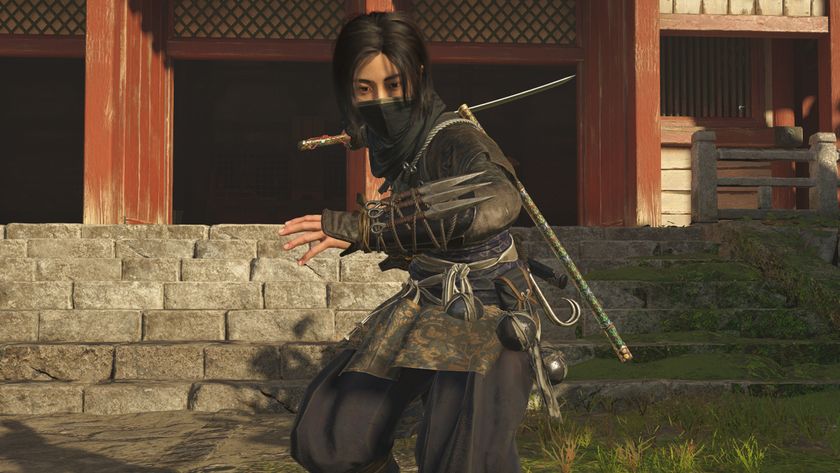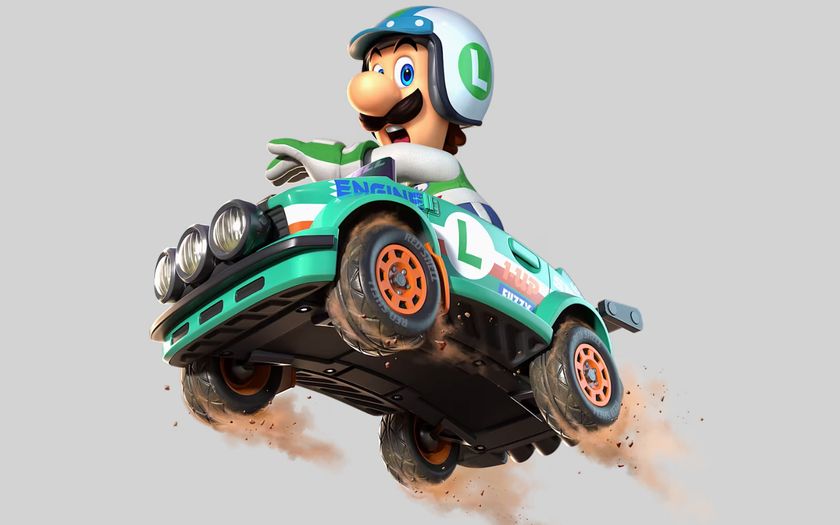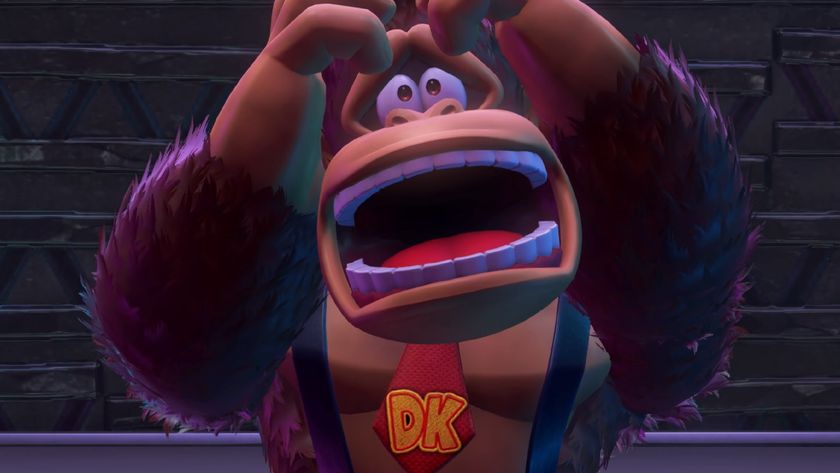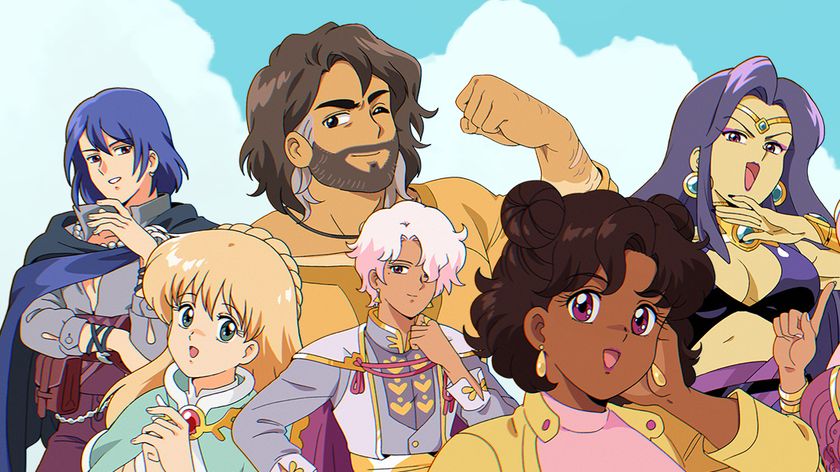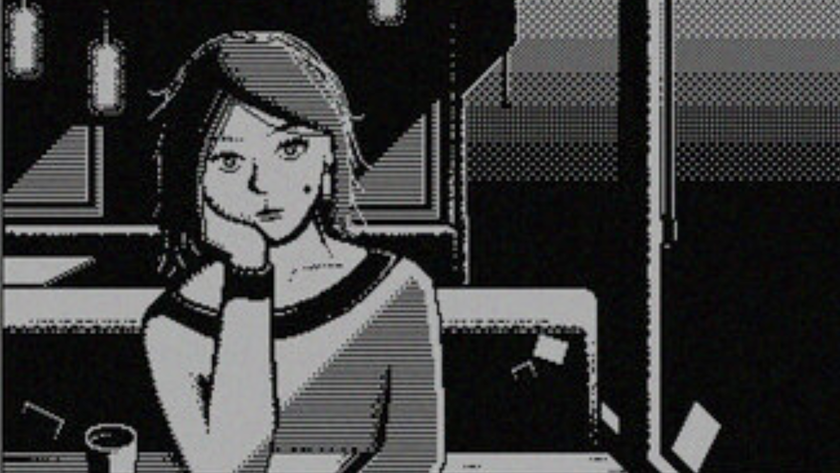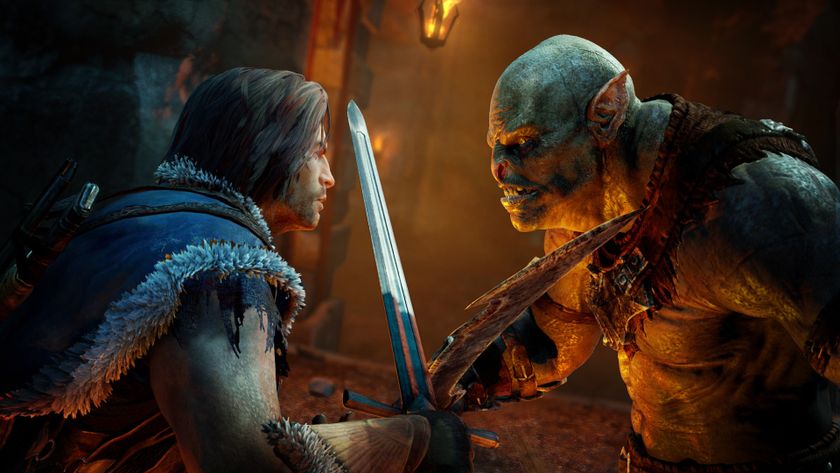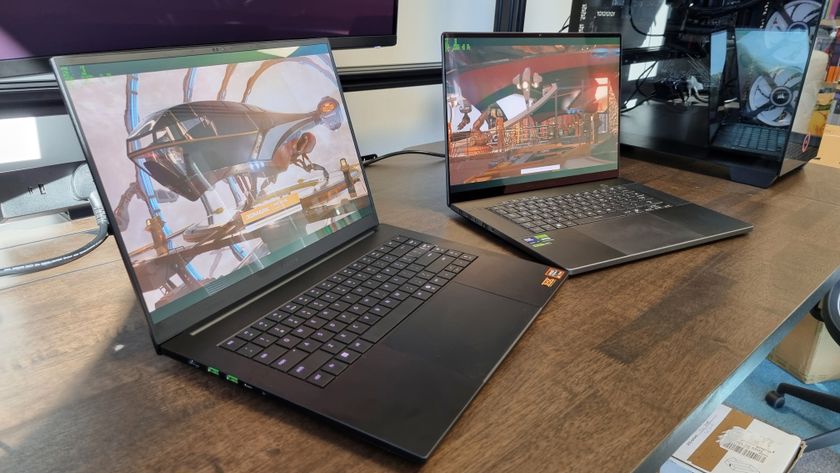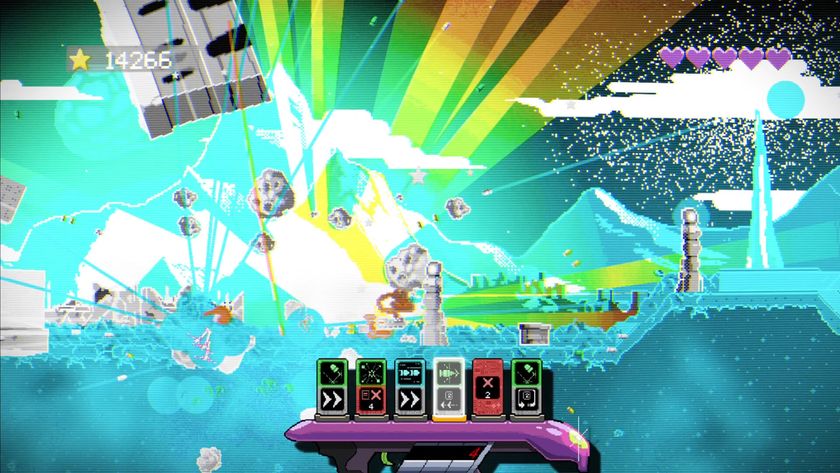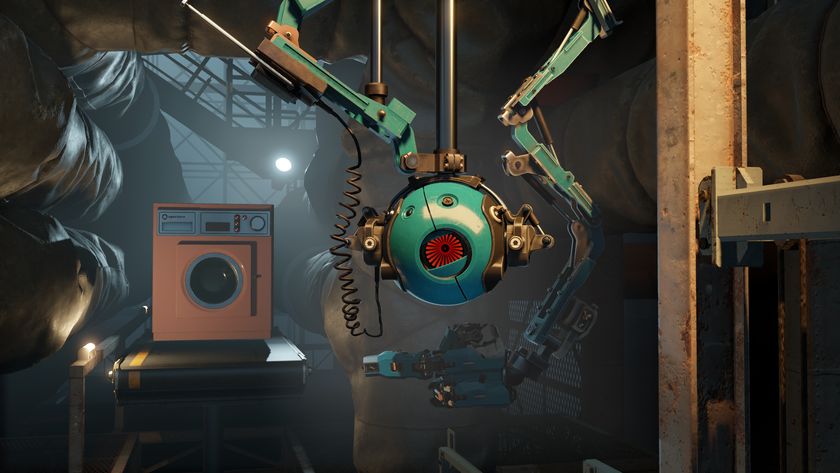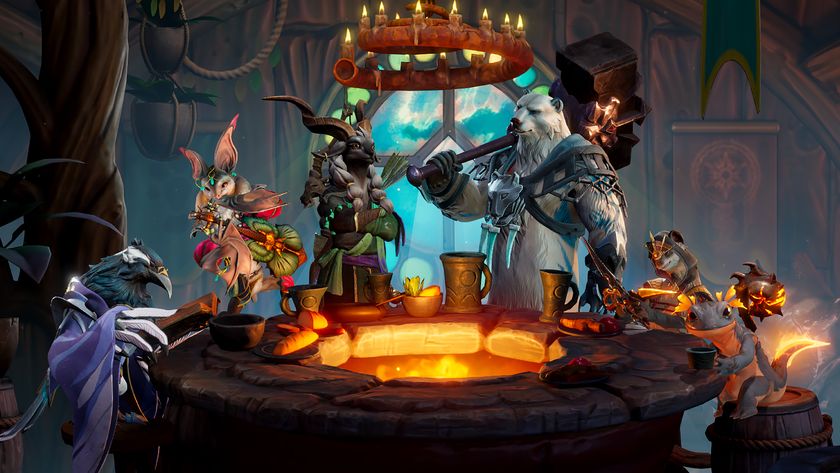
The ones we love always hurt us the most, and the roleplaying genre has, over its many years, inflicted its rabid adherents with a few post-traumatic stress disorder-inducing moments. The most infamous occasion was the 1994 release of Ultima VIII: Pagan, the sequel to one of the most beloved RPGs. It completely abandoned the renowned features of its predecessor, and its reception prompted a written apology by series creator Richard Garriott. The simplified Deus Ex: Invisible War was another PTSD moment, as was Bethesda's transformation of the Fallout franchise (for isometric perspective turn-based combat fans, at least).
Ultimately, whether or not you're traumatized by changes to a beloved franchise depends upon how much you personally cared about those specific features that were most mutated. I actually love Fallout 3 as much as its predecessors, and wasn't remotely turned off by Bethesda's radical design changes, but other fans felt betrayed. Similarly, many RPG fans are enjoying Dragon Age 2, but for me, its release is very much a Pagan moment.
This is probably my most subjective point, but I really despise the graphical changes in DA2. I love the realistic, gritty artistic style of Dragon Age: Origins. It's grounded, and doesn't look like a cartoonish Final Fantasy game or an anime movie. It's Tolkien, as opposed to World of Warcraft. Dragon Age 2 is the opposite: it's characters are blindingly colorful, with absurdly disproportionate features, twirling fancifully-oversized and apparently weightless weapons that detonate their cartoonish enemies into fountains of gore. I find it embarrassing to play a game that looks so child-ish. The last thing Dragon Age needs is to look and feel more like God of War. Dragon Age 2's environments are attractive, but even that's offset by the fact that they're also recycled more frequently than in any previous RPG I can name (maybe in any game since Halo), and they're just as non-interactive and even more relentlessly linear than in Origins.
What annoys me most, though, are the changes to Dragon Age's combat. The tactical, isometric perspective has been pointlessly removed, characters hop around the battlefield like spastic Spider-Men, and combat is so frenetically paced that it's needlessly difficult to manage an entire party of characters. To compensate for the design (which seems primarily intended to allow gamers who don't like messing with details to control a single character) the game has been made incredibly unchallenging. Friendly fire has essentially been removed, since it's now relegated to an impractical option only available on the highest difficulty level—and it doesn't even work there, since the game clearly wasn't designed to accommodate it.
Also lost is Origins' feeling that each battle is a carefully designed tactical set piece, with enemies sensibly placed to utilize terrain features or otherwise effectively organized. In the sequel, enemies are generally just jumbled together in meaningless masses, and each battle is indistinguishable from the last. Reinforcements haphazardly appear in virtually every fight, often behind your party, rendering tactical placement pointless. The lengthiest combat sequences are just arduous battles of attrition against enemies possessing massive hit point pools, rather than posing more tactical challenges.
At least Dragon Age 2, unlike Pagan, does have some significant strengths, particularly in its storytelling. Additionally, the UI is effectively streamlined, and the new skill trees are an interesting way to shape character development. The look and combat aren't inherently poor, and would've been perfectly worthwhile in a sequel to BioWare's other experimental action RPG, Jade Empire. As part of the Dragon Age saga, however, this is more like a spin-off than a sequel.
Desslock is grudgingly playing DA2, but also Drakensang: River of Time, Two Worlds II and the apparently obsolete masterpiece, Dragon Age: Origins. Email him at alternatelives@pcgamer.com.
The biggest gaming news, reviews and hardware deals
Keep up to date with the most important stories and the best deals, as picked by the PC Gamer team.
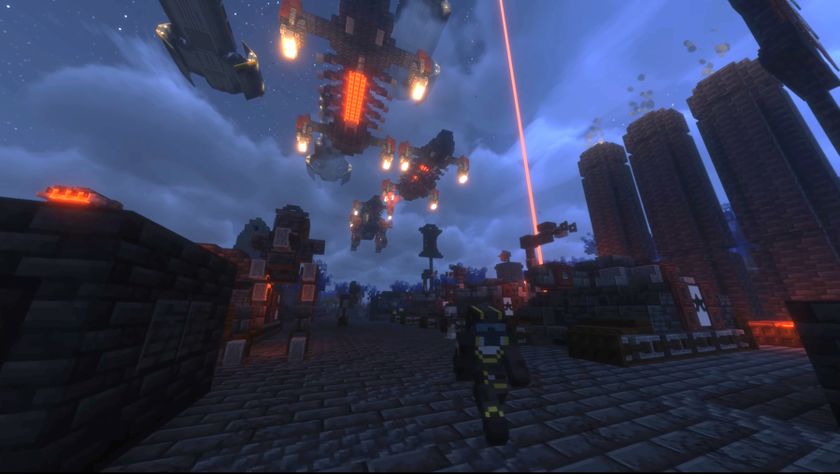
'Sweet Liberty, the automatons are invading Minecraft!' Helldivers 2 player commemorates the game's most famous battle by recreating it in Mojang's survival game
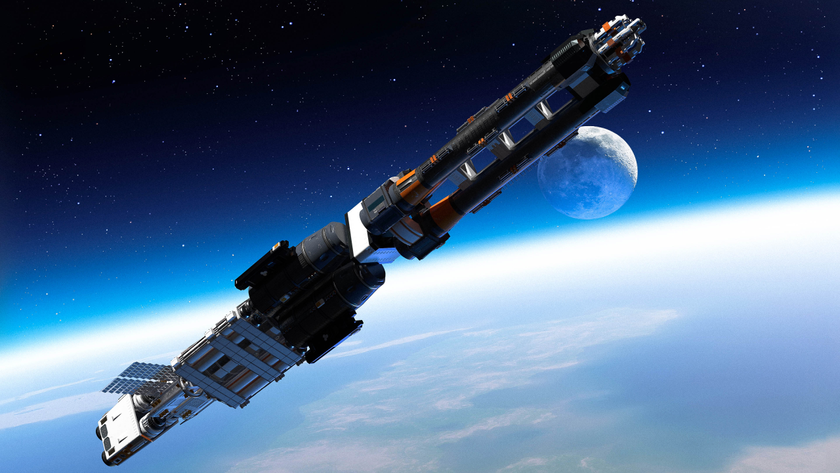
Terra Invicta, the space 4X from the creators of XCOM's Long War mod, just got a massive update that adds exofighters, improved diplomacy, and 'advanced weapons' for its alien menace
